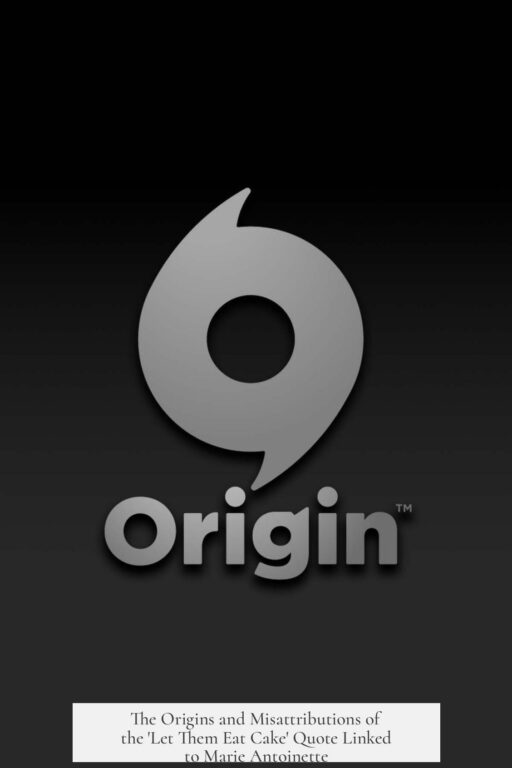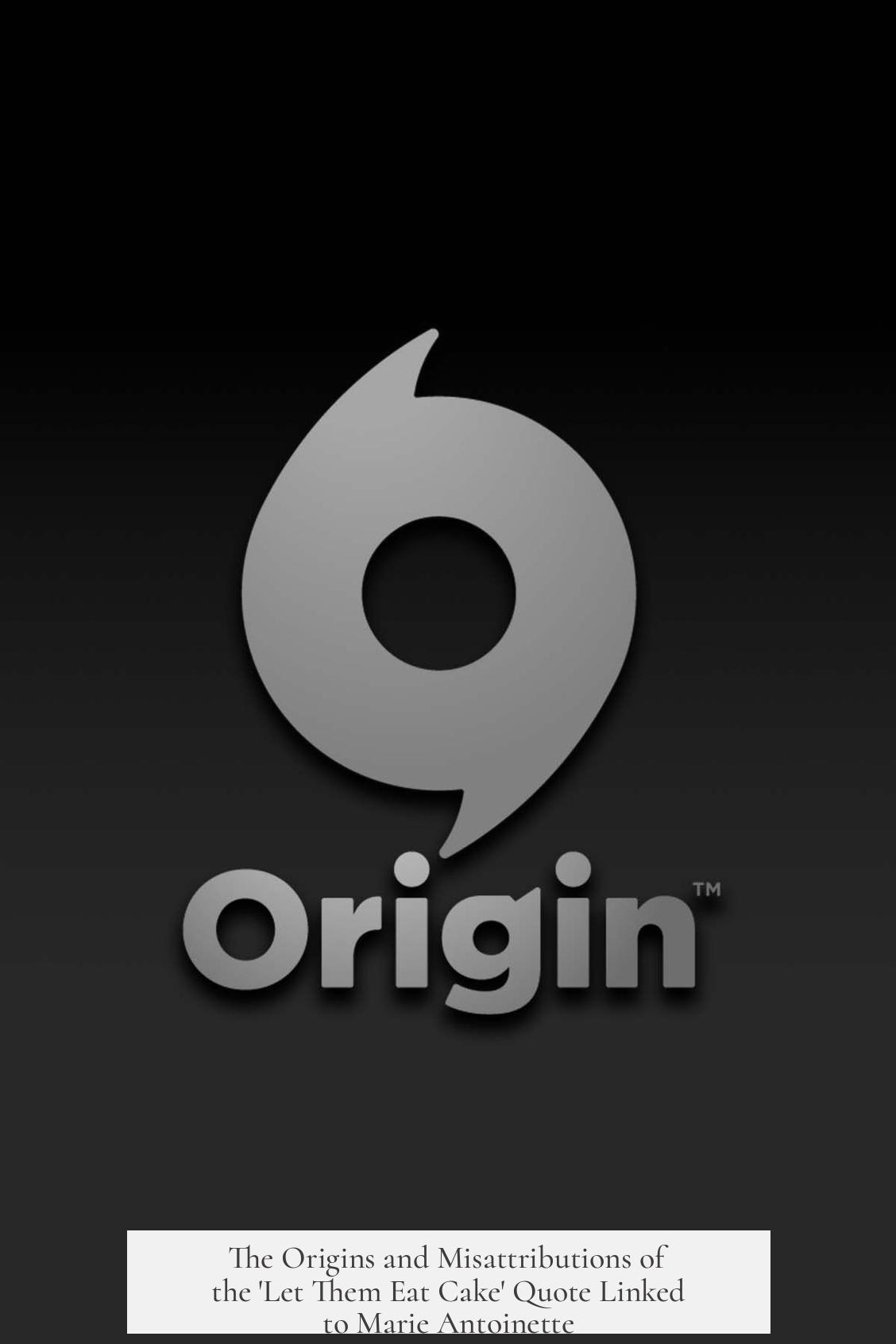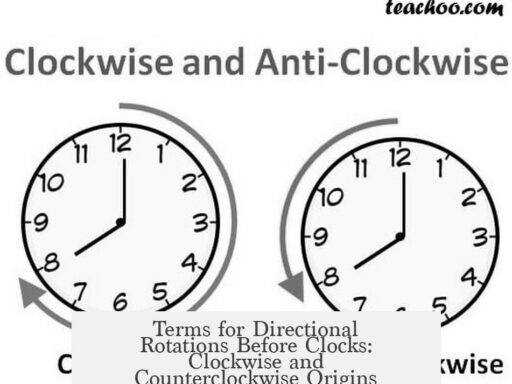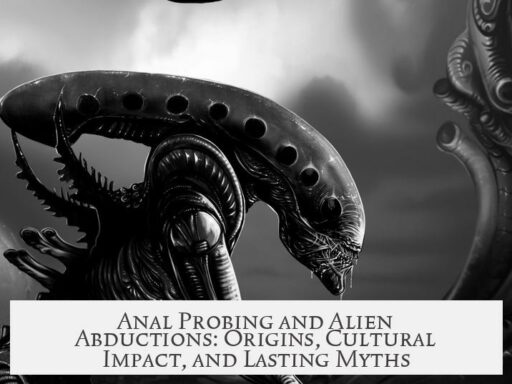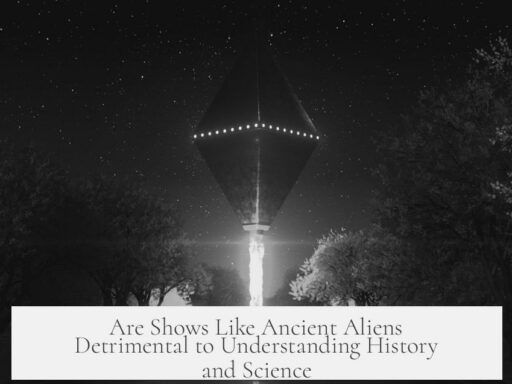The story of “let them eat cake” or “let them eat brioche” does not originate with Marie Antoinette but has a much older and widespread history. It only became associated with her decades after the fact, appearing first in written form during the 19th century. The claim that she uttered this phrase during the French Revolution lacks contemporary evidence and likely stems from folktale motifs attributed mistakenly to her over time.
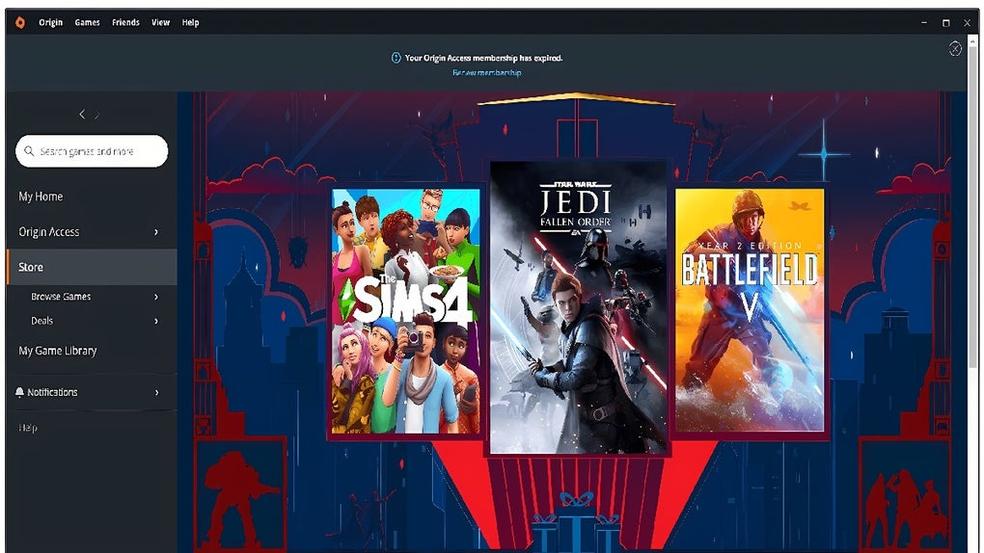
The tale exists in many cultures and countries. It is categorized in the Aarne–Thompson folktale index as type AaTh 1446, titled “Let them Eat Cake.” Versions appear in France, Germany, Estonia, Latvia, Russia, India, and China, often in contexts of famine and starvation. The narrative generally involves a noble or royal woman responding to news of poor people’s hunger with an out-of-touch or absurd solution, such as suggesting they eat a richer or more expensive food item unknown or inaccessible to them.
- Estonian variant: A folk story from the 19th century describes a naïve woman who, when told the people are hungry, suggests eating kringles (a type of pastry) and herring.
- German versions from the 16th-17th centuries: Multiple anecdotes describe starving peasants pleading for food, while nobility respond with ignorance, telling them to eat bread and cheese or, more crudely, excrement. These appeared amid German peasant revolts and Lutheran sermons addressing famine.
- Montanus collection: A famine story featuring a countess who misjudges peasants’ suffering by commenting on bread and cheese availability during a hard time.
French variants offer alternate wordings. One notable French version recounts a noblewoman’s frustrated question: “But, my God, why don’t they eat the pie crust?” This first appeared in 1823 in memoirs of Louis XVIII. Another memoir attributes this to Madame Victoire, daughter of Louis XV. Because pie crust was considered less appetizing than brioche, this version did not endure as widely.

The introduction of brioche into the story came later and proved more memorable. Brioche is a richer bread associated with privilege, making it an effective symbol for aristocratic detachment from common suffering.
Significantly, no documents from the French Revolution or immediate years after attribute the phrase to Marie Antoinette. Revolutionary pamphlets, often scathing toward the queen, never mention her saying this. The earliest printed attributions appear in the 1840s, about 50 years after her death.

- In 1841, the phrase is noted in Journal du Peuple, describing Marie Antoinette advising those without bread to eat brioche.
- In 1842, Le Constitutionnel attributes a similar phrase to Empress Marie-Thérèse.
- Alphonse Karr, a writer from the mid-19th century, pointed out that this phrase had been attributed to a Duchess of Tuscany before Marie Antoinette.
In fact, throughout the 19th century and into the 20th, the phrase was assigned to a variety of figures, sometimes women like the Marquise de Pompadour or the Princesse de Lamballe, sometimes even men like Louis XV. This flexibility shows the phrase was a common rhetorical device rather than a verified quotation.
Monarchists in the late 19th century often used the apocryphal nature of the story to criticize the revolutionaries or the republic. They argued the tale exemplified the false image Revolutionaries spread of monarchs’ cruelty. Over time, the phrase became permanently linked to Marie Antoinette in popular imagination, likely because she symbolized aristocratic excess and detachment.
| Aspect | Details |
|---|---|
| Folktale Classification | AaTh 1446, with versions across Europe and Asia |
| Early Versions | Estonian, German (16th-17th centuries), French (pie crust) |
| First Attributions to Marie Antoinette | 1840s newspapers |
| Alternate Attributions | Marquise de Pompadour, Princesse de Lamballe, Louis XV’s daughter Madame Victoire |
| Historical Evidence | Absent during Revolution; appears decades later |
In summary, the phrase “let them eat cake (brioche)” originates from an old folktale motif reflecting aristocratic ignorance during famine. The specific phrase’s early manifestations appear in different countries and contexts unrelated to Marie Antoinette. Its definitive association with the French queen took hold only in the 19th century, well after her death, likely to illustrate perceived royal callousness.
- The story pre-dates Marie Antoinette by centuries and spans multiple cultures.
- Early French versions involve pie crust, a less privileged food than brioche.
- Attribution to Marie Antoinette appears first in print during the 1840s, not during the Revolution.
- The phrase circulated with flexible attribution before becoming firmly linked to her.
- No contemporary evidence shows she actually said those words.
Unraveling the Origin and Attribution of the ‘Let Them Eat Cake/Brioche’ Quote
So, where does the infamous phrase “Let them eat cake” really come from, and how did Marie Antoinette become its prime suspect? Spoiler alert: she probably never said it. This story has a labyrinthine history stretching back centuries, making the royal “cake” tale far more complex than the simple soundbite most people know.
The Tale’s Long and Winding Roots
The phrase commonly linked to Marie Antoinette—“Let them eat brioche”—didn’t originate with her. In fact, the story’s roots run deep and wide. A 2002 study by Campion-Vincent and Shojaei Kawan explores how this anecdote predates the French queen by several centuries. It’s part of a folktale category known in academia as Aarne–Thompson type AaTh 1446, which involves a monarch or noble hearing of their people’s hunger and responding cluelessly.
This story isn’t just French folklore; versions pop up across Europe and even Asia, including Germany, Estonia, Latvia, Russia, India, and China. The recurring theme? The ruler’s shocking ignorance about the plight of their starving subjects.
Stranger Versions from Europe—and a Splash of Herring
Take one 19th-century Estonian variant for example. Here, a simple-minded woman—picture the least helpful advisor imaginable—tells starving people to eat kringles (a type of pastry) and herring. Yes, herring! Not exactly haute cuisine for the hungry but certainly unique advice.
Back in 16th and 17th-century Germany, variations emerged during peasant revolts. Some versions were even cruder, featuring a noble telling the starving to “eat shit” (yes, you read that right, Sie solten kott essen). Not exactly PR gold for royalty but these stories illustrate the mockery of authorities toward famine victims.
One joke from Montanus’ 16th-century collection depicts a princess who thought people should just “eat cheese and bread” instead of complaining. Clearly, empathy was scarce in these anecdotes.
French Versions: From Pie Crust to Brioche
Fast forward to 19th-century France. There was an alternate version involving pie crust rather than brioche, first appearing in a memoir published by Louis XVIII in 1823. The story credited Louis XVI’s mother-in-law with the comment, “But, my God, why don’t they eat the pie crust?” Pie crust might lack the indulgence and decadence of brioche, which possibly explains why this version didn’t become as famous.
Another memoir from Adèle d’Osmond attributes the pie crust remark to Madame Victoire, a daughter of Louis XV. It seems royalty and their families were fertile ground for these tales of clueless nobility.
So, When Did Marie Antoinette Get the Blame?
This is where things get juicy. Marie Antoinette’s connection to this quote is a relatively late addition. Surprisingly, no documents from the French Revolution even hint that she uttered this phrase. And those pamphlets? They were merciless with insults but still silent on this alleged remark.
The first written attributions to Marie Antoinette pop up only in the 1840s, decades after her death. For example, in 1841, the Journal du Peuple mentions, “just as Marie Antoinette advised those who had no bread to eat brioche.” The next year, Le Constitutionnel echoes the line, attributing it to Empress Marie-Thérèse.
These references appear randomly in unrelated contexts, suggesting the phrase was already a cultural meme by the 1840s, not requiring explanations. It was well-known, yet the actual source remained fuzzy.
Alphonse Karr’s Revelation: Not Marie Antoinette After All
The French writer Alphonse Karr, writing in the 1840s, argued strongly that the phrase predated Marie Antoinette. He credited a duchess of Tuscany instead and suggested the quote was weaponized against the queen to vilify her character.
This implies the phrase was a classic example of misattribution, a common case where scandalous quotes get pinned on a figure with a bad reputation—Marie Antoinette being an easy target thanks to her perceived extravagance during crisis times.
The Ever-Changing Culprits: Queens, Duchesses, and Even Kings
For nearly a century, the quote’s ownership remained fluid. Various women, often aristocrats, were linked to the phrase, and sometimes even King Louis XV’s name appeared. Besides Marie Antoinette, the Marquise de Pompadour and the Princesse de Lamballe were also occasional scapegoats.
You might wonder, why mostly women? Scholars see misogyny woven into this narrative, painting noblewomen as heartless or ignorant, feeding into broader societal biases.
Political Uses and Warrior Writers
By the late 19th century, monarchists and political factions used the apocryphal quote as a weapon. They leveraged it either to highlight the cruelty of revolutionary mobs or to lambast the Republic. The story became less about truth and more about symbolism—and public persuasion.
Despite its shaky origins, the “let them eat cake” phrase defines an attitude rather than a fact: a disdain for the hungry and suffering. It evokes the idea of privilege blinded to poverty.
What Can We Learn From This?
This tangled history reminds us to question popular sayings and the stories we inherit. Just because a royal got a nasty reputation doesn’t mean every harsh phrase came from their lips. Context is king—in this case, centuries and folklore layered over history.
So the next time someone blames Marie Antoinette for the infamous “let them eat cake” remark, you can smile knowingly and share the quirky folklore twists and turns behind the quote. Maybe instead of cake, they’d better eat historical skepticism.
Summary Table: The Quote’s Journey
| Period | Version and Attribution | Key Details |
|---|---|---|
| 16th-17th centuries | German and European folktales | Starving commoners told to “eat bread and cheese” or even crude phrases; mocking nobility during peasants’ revolts. |
| 19th century (Estonia) | Woman tells hungry to eat kringles and herring | Depicts clueless advice during starvation; collected by folklorist Jakob Hurt. |
| 1823 (France) | Pie crust story | Attributed to Louis XVI’s mother-in-law; less popular than brioche version due to taste appeal. |
| 1840s | Attribution to Marie Antoinette | First written mentions in newspapers; possibly oral tradition before; a meme by then. |
| Late 19th century | Monarchists’ use | Used politically to deride Revolution or criticize republics; flexible attribution. |
Final Thoughts – Why It Matters
Understanding the true roots of “let them eat cake” rebalances history and charities the memory of Marie Antoinette—who, regardless of her faults, likely never made this cruel utterance. More importantly, it showcases how stories evolve, mutate, and get weaponized in political and cultural battles.
Next time you hear the phrase, ask yourself: who benefits from this tale? And what does it say about our collective memory? History is more than catchy lines—it’s the messy, fascinating process of storytelling across time.
